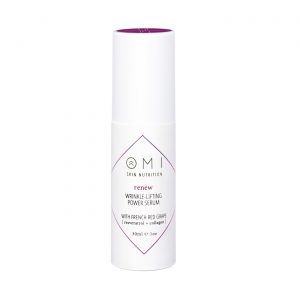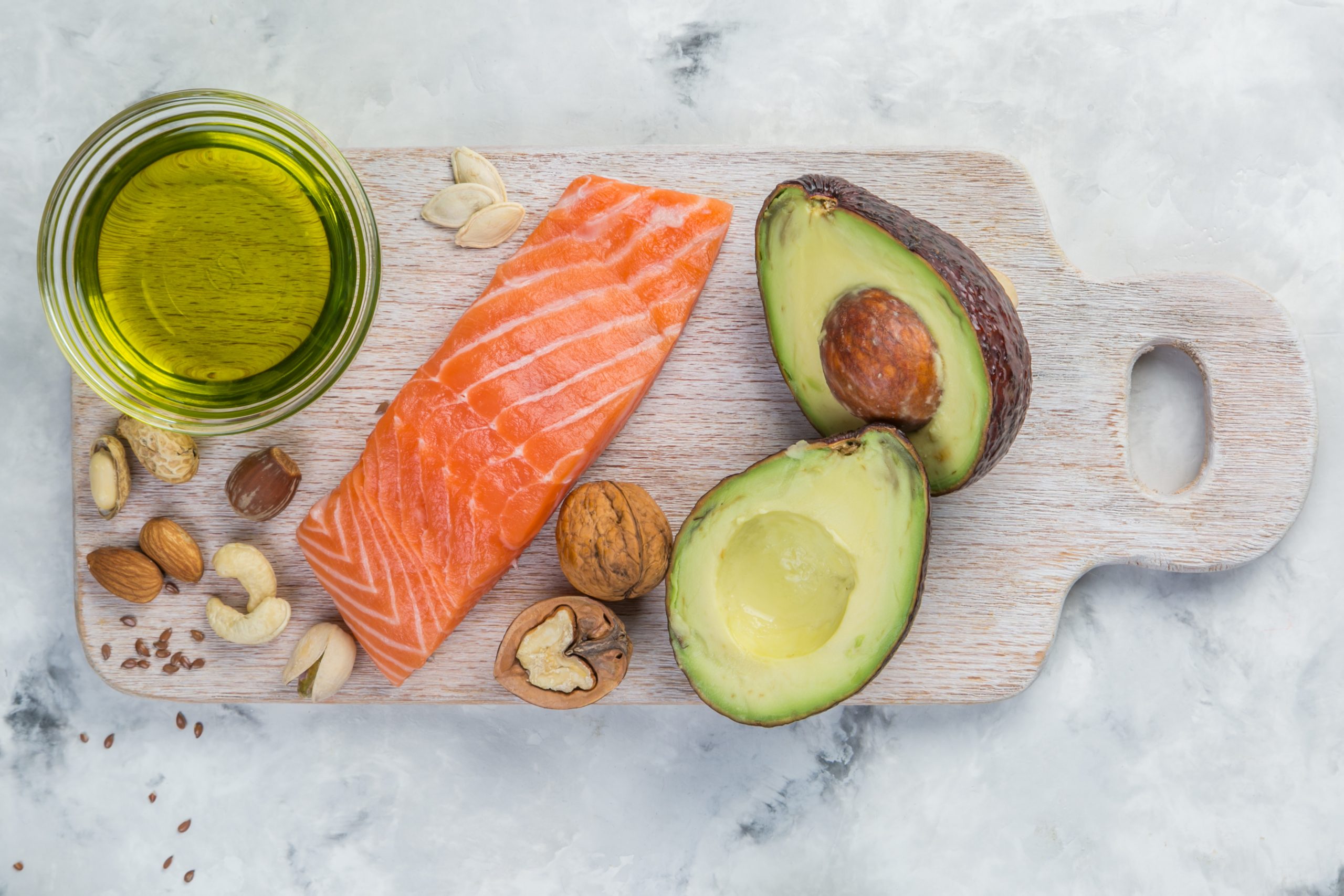Not sure which products fit your skin best?


Skin, like the rest of the body, needs the right diet to be at its best: The foods and nutrients we ingest have a direct impact on its firmness, clarity, and health. Unfortunately, modern eating habits deprive skin of much that it needs to thrive, while an excess of sugar and a lack of detoxifying fiber sabotages collagen production, increases inflammation, and exacerbates conditions such as acne and eczema. At the same time, our complexions are under assault from environmental toxins from the outside, further depleting cellular nutrition and causing skin to look lackluster and prematurely aged. The most complete and powerful solution? Feeding skin from the outside in with nourishing skincare calibrated to help cells detoxify and regenerate, and from the inside out with key complexion-boosting nutrients. Here, four skin-supercharging elements commonly lacking from most women’s diets. Start incorporating them today in order to glow tomorrow.
Omega fatty acids are the building blocks of our cells, governing healthy cellular metabolism and detoxification. They are also absolutely crucial for keeping skin supple and hydrated from the inside out—but getting the balance right can be tricky. There are three types of fatty acids: Polyunsaturated fats Omega 3 and Omega 6, and Monounsaturated fat Omega 9. Omegas 3 and 6 are what’s called essential fatty acids, meaning that body cannot produce them itself, so they must be sourced from food and supplements. Omega 9, which the body does produce on its own, plays an important role in cardiovascular health. The problem for most of us is that our Omega levels are way out of whack. The ideal dietary ratio between Omega 6 to Omega 3 is 4:1 or 2:1, but Western diets can be as high as 50:1 or even 200:1. The result? Rampant inflammation, which is the root of every health-and-beauty sabotaging evil, from degenerative diseases to premature skin aging. Key to keeping Omegas in balance is to avoid Omega 6 bombs like processed vegetable oils such as soybean and canola, processed foods, and low-quality meats (instead, get your Omega 6 intake from the list below), and elevate Omega 3s by making sure you’re eating cold water fatty fish such as salmon three times a week or taking a high-quality supplement.
Food sources:
Omega 3 — salmon, flax seed, walnuts, broccoli
Omega 6 — coconut oil, evening primrose oil, grapeseed oil, egg yolks, high-quality meat
Omega 9 — olives, olive oil, avocado
Ceramides, which are waxy lipid molecules found naturally in all levels of the epidermis, play an important role in the skin’s barrier—keeping the good stuff (moisture, nutrients) in and the bad stuff (pollutants, bacteria) out. In healthy, youthful skin, ceramides comprise up to 40 percent of the lipids that create the stratum corneum’s outermost protective layer, but, like so many other things, ceramide levels decline with age, leaving skin susceptible to dehydration and damage from the environment. Replenishing these molecules topically with ceramide-rich skincare is essential, but we should also be mindful to keep them on the menu. Studies have shown that consuming ceramides in food and supplements can inhibit the elastase enzymes that destroy skin’s elastin, causing it to sag and wrinkle.
Food sources: Wheat germ, rice germ, beets, spinach, whole-fat dairy, and high quality, pasture-raised meats
In 400 BC, Hippocrates said, “All disease begins in the gut.” It took us a long time to catch up, but modern science is finally validating that statement’s truth. We also know that good bacteria is imperative for over-all health and vibrancy. The body’s microbiome makes up the majority of our immune systems, and impacts everything from digestive health to mental health to skin. While it’s important to protect the skin’s delicate good bacteria on the surface by using non-stripping cleansers and probiotic-spiked skincare, having a balanced gut biome is also paramount to achieving clear, glowing complexion. And it shouldn’t all come in supplement form. “For
a healthy person to maintain healthy gut flora, a small serving (think condiment-sized) of some fermented food or drink with one or two meals each day is reasonable,” says Clinical Nutritionist Lizzy Swick, MS, RDN. There isn’t a verdict on how much we need, but the International Scientific Association on Probiotics and Prebiotics recommends 5-20g per day.”
While probiotics are living bacteria and yeast organisms, pre-biotics are foods that bacteria and yeast feed off of. So in order to support our probiotic balance, we need to set the stage. Pre-biotics are also found in fermented foods, but are best consumed by including soluble fibers from whole plant foods in the diet, says Swick. Just remember that not all fiber is pre-biotic/ “Prebiotic fibers include: oligosaccharides, inulin, gums, resistant starch, pectin, b-glucan.”
Food sources:
Probiotics—Whole-fat yogurt, kefir, sauerkraut, kombucha, miso
Prebiotics—Dandelion greens, flax seeds, garlic, asparagus, bananas, oats, cocoa, apples
“Traditional cultures consumed the whole animal—frequently eating broths from skin and bones, tougher cuts of meat with cartilage (prepared by slow cooking), and whole fish, which are good sources of collagen,” says Swick. Today’s de-boned, skin-less, lean-meat-leaning diets deprive us of that essential fibrous protein, which supports bone and joint health as well as bouncy, plump, youthful skin. Additionally, the body’s ability to make collagen decreases over time: Production begins to decline at a rate of about 1 percent a year in our mid-20s until its loss accelerates rapidly in our 40s and 50s. Thankfully, we can replenish collagen levels from the inside out by providing its building blocks—amino acids (proline, glycine, hydroxyproline), plus vitamin C, copper, iron, and manganese—in our diets, as well as taking easy daily supplements of 20 to 40 grams. Studies have shown that ingesting hydrolyzed collagen protein once a day for 8 weeks can reduce wrinkles around the eyes by 20 percent, as well as boost moisture levels (one study showed a 76 percent reduction in skin dryness after 12 weeks).
Food sources: bone broth, eggs; foods that help build collagen include fish, oysters, leafy green vegetables, berries, broccoli, citrus fruits